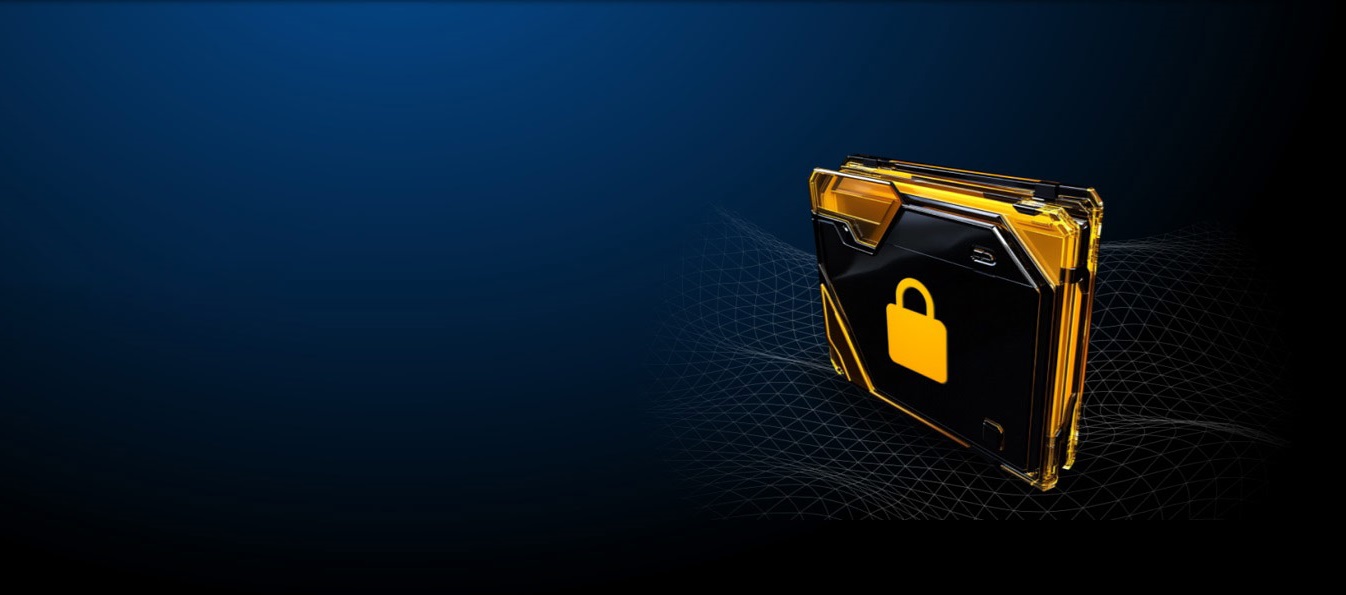The best ways to keep your sensitive data safe include using strong passwords for each of your online accounts, backing up your data regularly and investing in a password manager. Your data is important and should be protected to reduce the risk of identity theft and other cyber threats.
Continue reading to learn what is considered sensitive data, how to protect your sensitive data and how Keeper® can help.
What is considered sensitive data?
Sensitive data includes different types of Personally Identifiable Information (PII) that can reveal your identity.
Your personal, financial, health and business information is considered sensitive data because it is not available in public records and is kept confidential. However, when your sensitive data is compromised, it can lead to identity theft, unauthorized loans being applied for in your name and major credit card fraud.
6 tips to protect your sensitive data
Luckily, there are several steps you can take to protect your sensitive data and maintain your privacy online.
1. Create strong passwords for all online accounts
The first step to protecting your sensitive data is creating a strong and unique password for each of your accounts. A strong password should contain at least 16 characters and a combination of uppercase and lowercase letters, numbers and symbols. You should also never use personal information in your passwords because a cybercriminal can research this information and use it in their attempts at cracking your passwords. The best passwords are completely random and do not incorporate dictionary words like “password” or “dog” because the more common the words are, the easier your passwords are to guess.
2. Set up Multi-Factor Authentication (MFA)
Multi-Factor Authentication (MFA) is crucial in protecting sensitive data because it prevents unauthorized users from accessing your accounts when enabled. MFA adds an extra layer of security by requiring additional proof of your identity before logging in to your account. Some examples of MFA are a PIN, a code from an authenticator app and a fingerprint scan. One of the benefits of enabling MFA on all your accounts is that even if a cybercriminal gains access to your username and password, they still need the additional factor to log in.
3. Use a VPN on public WiFi
Something as simple as connecting to public WiFi can put your sensitive data at risk of being compromised, which is why you should use a Virtual Private Network (VPN). When you use public WiFi, you never know if a cybercriminal has manipulated the network to collect data from anyone who connects to it in what is called a Man-in-the-Middle (MITM) attack. To combat cyber threats like MITM attacks, using a VPN protects your online privacy by creating a private network to encrypt your data, even when you are connected to a public network. For example, if you connect to airport WiFi while traveling, you should use a VPN to ensure that no one in the airport can steal your private information.
4. Enable data encryption
Data encryption is the process that converts your sensitive data from plain text, which anyone can read, into ciphertext, which has random characters that neither people nor machines can read until it’s been decrypted with an encryption key. This process may sound confusing, but encrypting your data ensures that it isn’t read by another user.
You can enable data encryption on your smartphones, computers and online accounts by visiting your device’s settings. For Windows users, within your Settings, visit Privacy & security, then click on Device encryption. If this setting does not appear for you, use BitLocker encryption, which is a Windows security feature that encrypts an entire drive to protect data. Search for BitLocker in your Windows search box, then select BitLocker Drive Encryption and click Turn on BitLocker. For Apple users, your sensitive data is automatically encrypted when you set up a passcode and Touch/Face ID on your device. In the Face ID & Passcode section within your settings, you should see Data protection is enabled at the very bottom of your screen to indicate this.
5. Back up your data regularly
Not only is it important to back up your data regularly in case your device is ever lost or stolen, but you should also continuously back up your data in case your device suffers a malware attack. Imagine you never backed up your phone when, all of a sudden, it was infected with a virus. If you had backed up your data before the virus infected your phone, you could erase all the data on your phone and restore it using the backup made before the infection.
6. Invest in a password manager
Protecting your sensitive data is convenient and secure when you use a password manager like Keeper. Password managers can create strong and unique passwords, safely store your login credentials in an encrypted vault and make it easy to log in to accounts automatically. There are many benefits to using a password manager, such as its ability to generate random passwords, secure password-sharing features and storage of additional information beyond passwords (documents, PDFs, pictures, medical information, etc.). All you need to remember is your master password, which is the password you use to log in to your secure digital vault.
Trust Keeper to protect your sensitive information
The password manager you can trust to protect your sensitive data is Keeper. Keeper uses end-to-end AES-256 encryption to ensure that your sensitive data cannot be accessed by anyone except you. With our zero-knowledge security, Keeper cannot even see your encrypted data. Using Keeper Password Manager allows you to generate and store MFA codes, and it can even autofill these codes on their associated websites for an easier login process.
Start your free 30-day trial of Keeper Password Manager today to discover all that Keeper can do to protect your sensitive data.
Πηγή: Keeper Security





